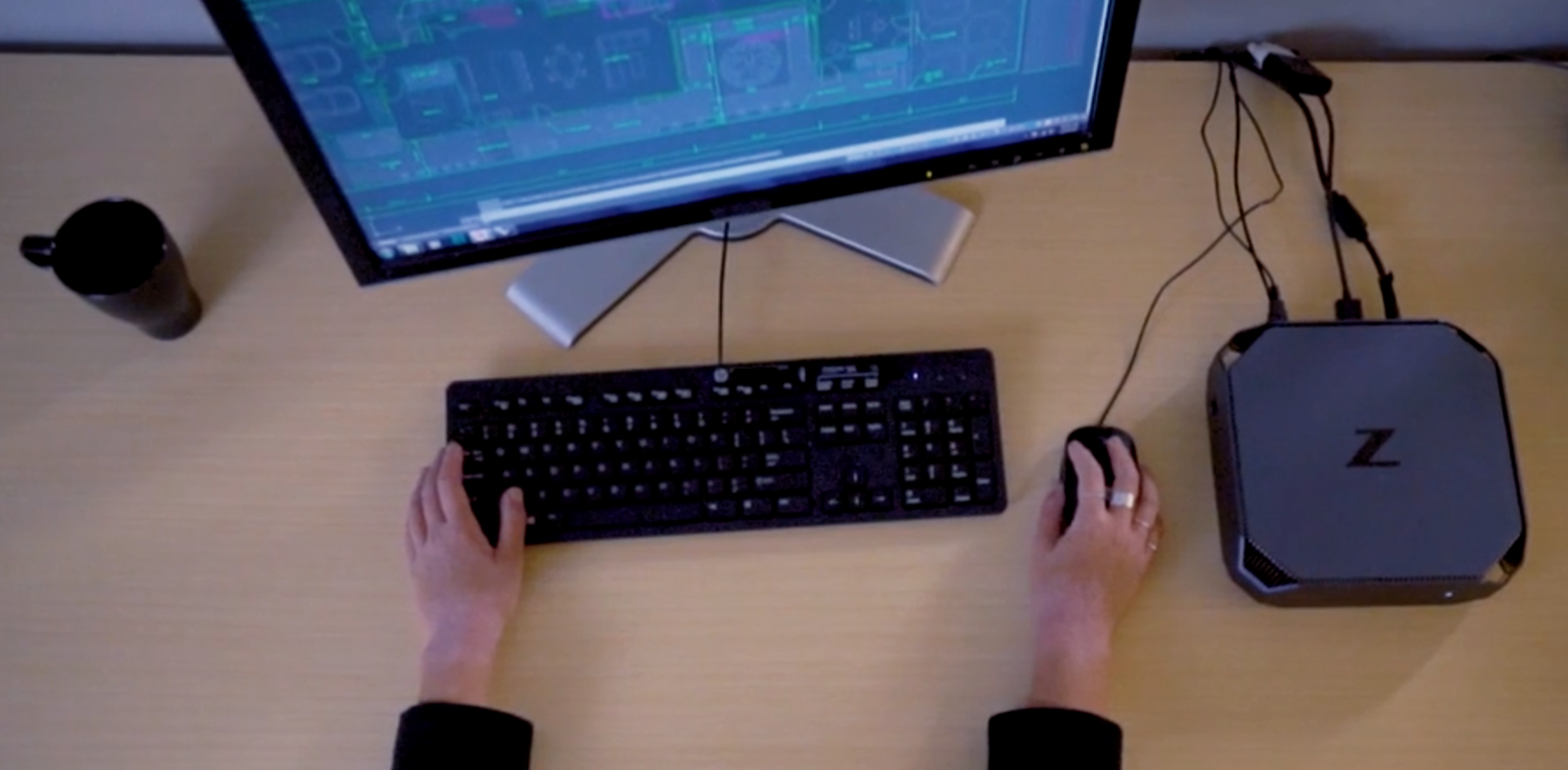Architects: Showcase your next project through Architizer and sign up for our inspirational newsletter.
After decades of hosting temporary art shows in abandoned garages and derelict churches, the Fondazione Prada opened its first permanent exhibition space within the walls of an old gin distillery in Milan. Designed by the Office for Metropolitan Architecture (OMA), this cultural center comprises ten buildings — seven existing structures, dating back to 1910, and three new constructions — which combine to form a sprawling complex of art galleries, performance spaces, cafes and public plazas.
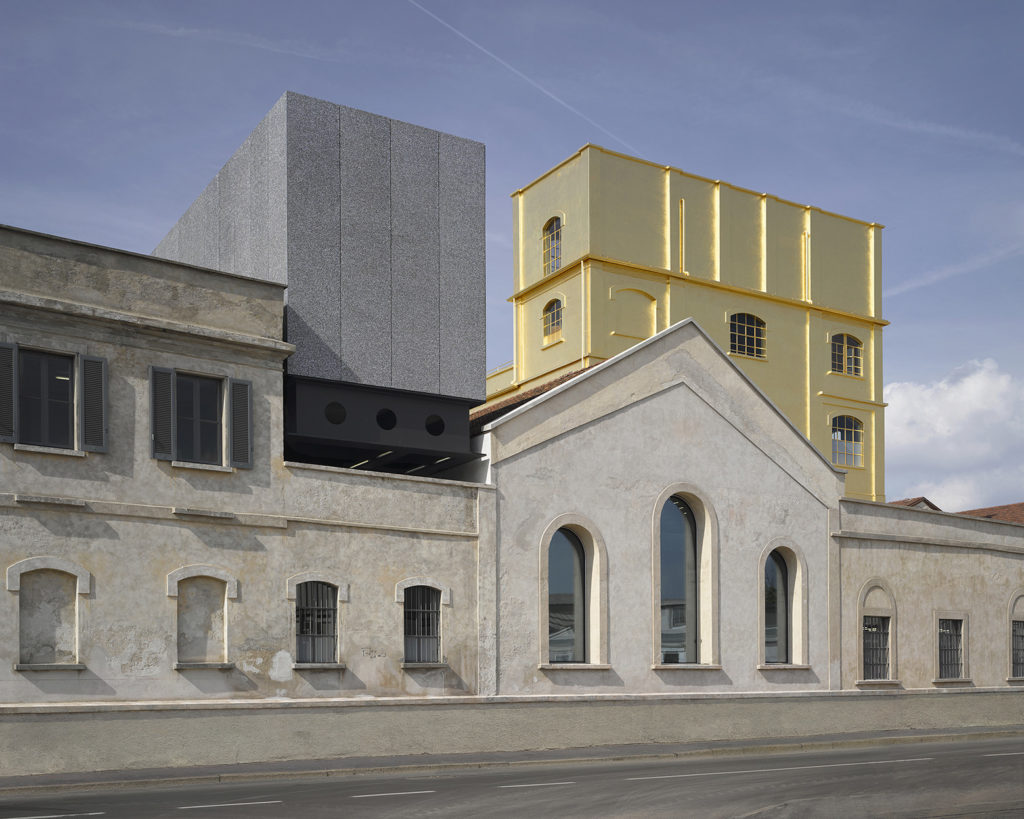
Image via OMA
“The Fondazione is not a preservation project and is not a new architecture,” explained Rem Koolhaas, the founder of OMA, “Two conditions that are usually kept separate here confront each other in a state of permanent interaction – offering an ensemble of fragments… New, old, horizontal, vertical, wide, narrow, white, black, open, and enclosed.” Its design is characterized by a collision of architectural styles and construction techniques, some time-honored, others wholly original.
From million-year-old stone to space-age metallic foam, this cultural center features a variety of unique finishes bound to inspire your next spec sheet:
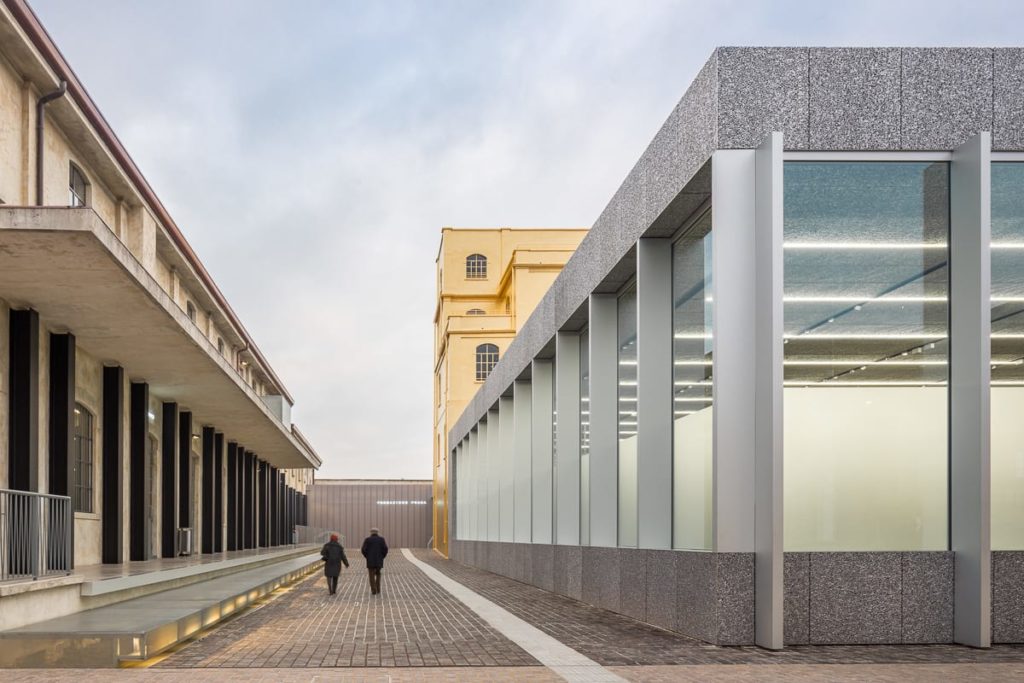
Photo by Bas Princen; via Fondazione Prada
Aluminum Foam
Manufactured by Cymat Technologies
At the heart of the complex is a contemporary gallery, dubbed the Podium. Its façades, soffits, interior walls and ceilings are all clad in Alusion, a metallic foam created by injecting air into molten aluminum. Although typically used by the military to protect against explosions, the foam’s flame-resistant, sound-absorbing surface makes it surprisingly suitable for museum applications.
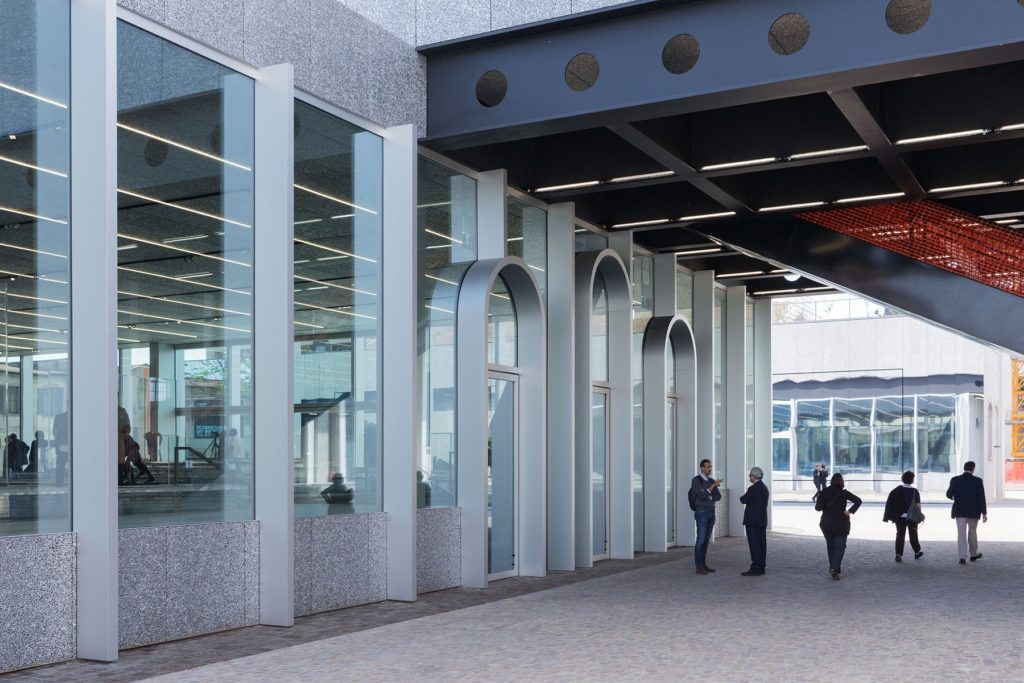
Photo by Iwan Baan.
Curtain Walls
Manufactured by Zanetti
Unlike the original masonry buildings, which are solid with few fenestrations, the Podium is open and inviting, featuring long expanses of high-purity glazing. In a playful nod to Milan’s classical architecture, these glass façades are supported by deep, colonnade-like mullions with their doorways recessed beneath aluminum arches.
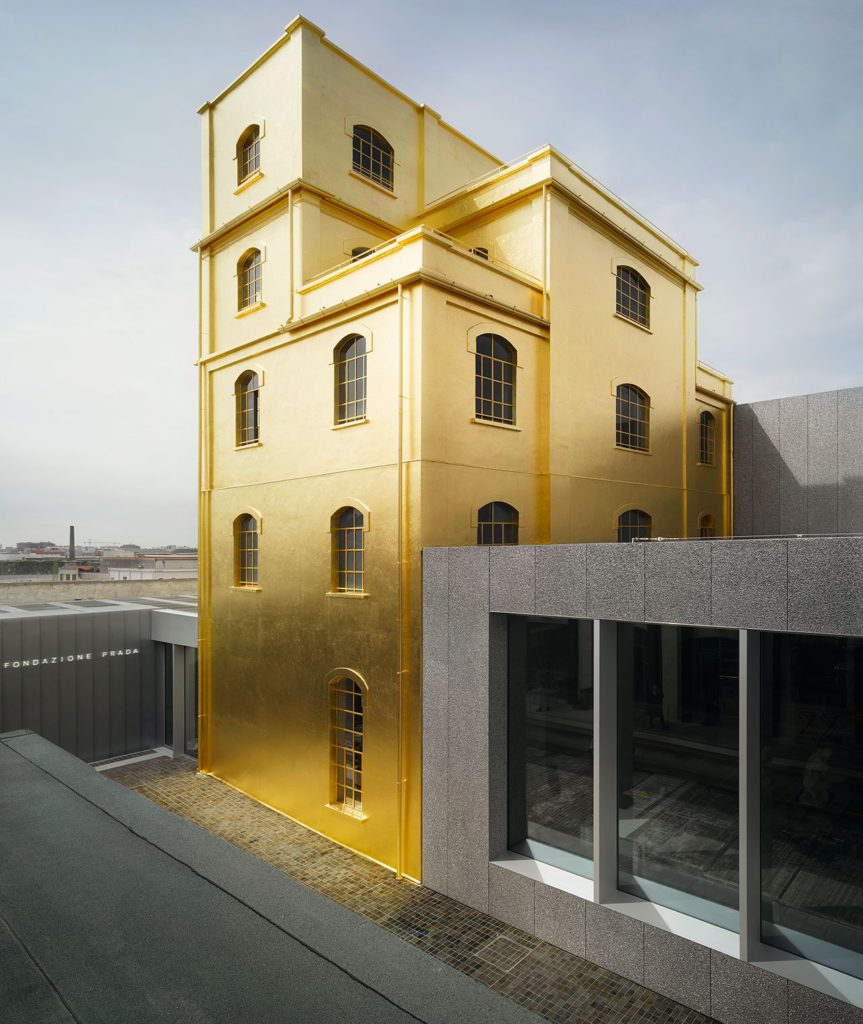
Photo by Bas Princen; via Fondazione Prada
Gold Leaf
Manufactured by Teknolitos
Adjacent to the Podium is the Haunted House, a gallery dedicated to site-specific artworks. Its entire exterior, including gutters and window mullions, was refinished in 24-karat gold leaf. “We discovered that gold is actually a cheap cladding material compared to traditional claddings like marble and even paint,” said Koolhaas, “What I love is the way it contaminates the walls around it… The environment needed a little color.”
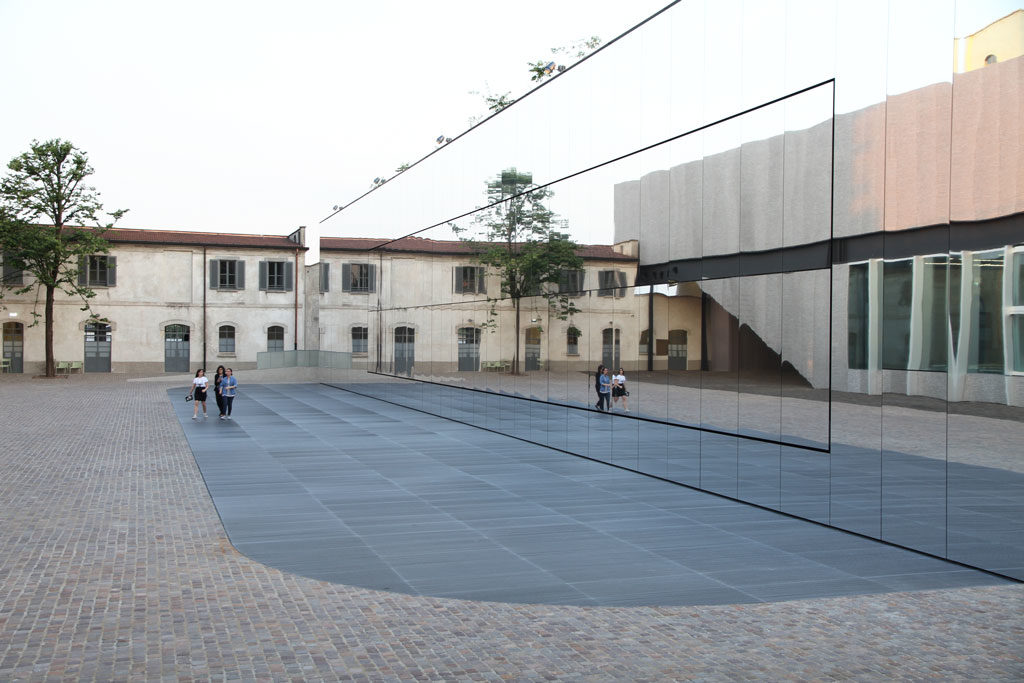
Photo by Luca Onniboni; via Archiobjects
Mirrored Stainless Steel
Manufactured by AZA Aghito Zambonini
Opposite the Podium and Haunted House is a 200-seat auditorium clad in highly-polished stainless steel. The center panels are affixed to massive, bi-folding doors which, when opened, enable performances to spill out into the courtyard. When closed, these mirrored panels cause the building to become invisible, disappearing into its context.
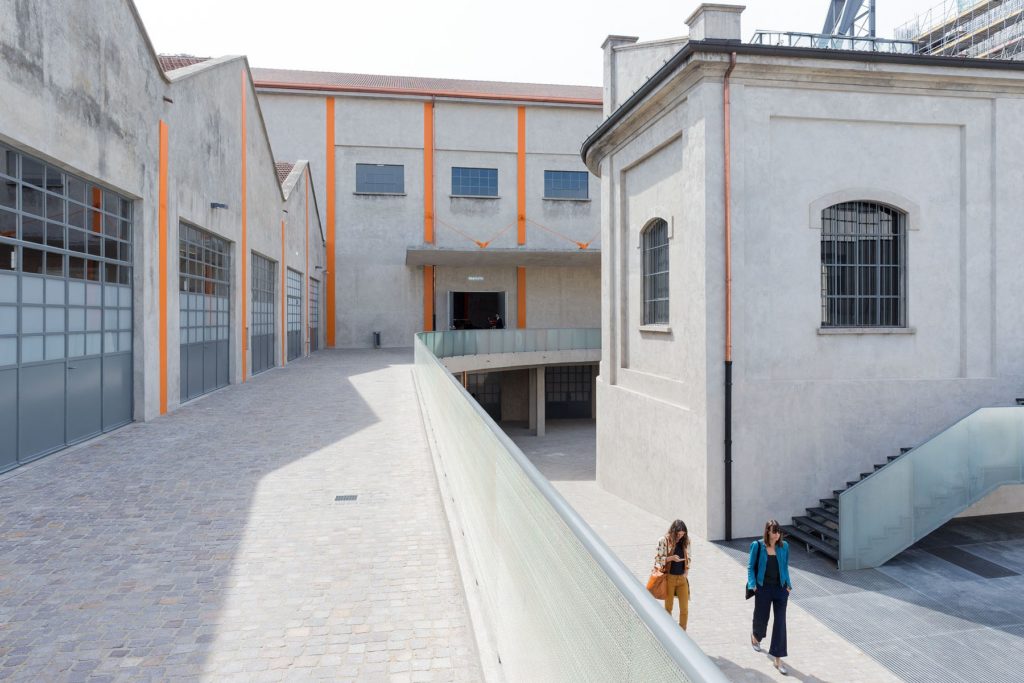
Photo by Iwan Baan
Concrete Surfaces
Manufactured by Italcementi
The existing masonry façades have been renewed with a skim coat of light-colored cement, manufactured by an Italian concrete company. Aggregates of white Carrara marble were added to the cement mixture, giving these timeworn structures a subtle sparkle.
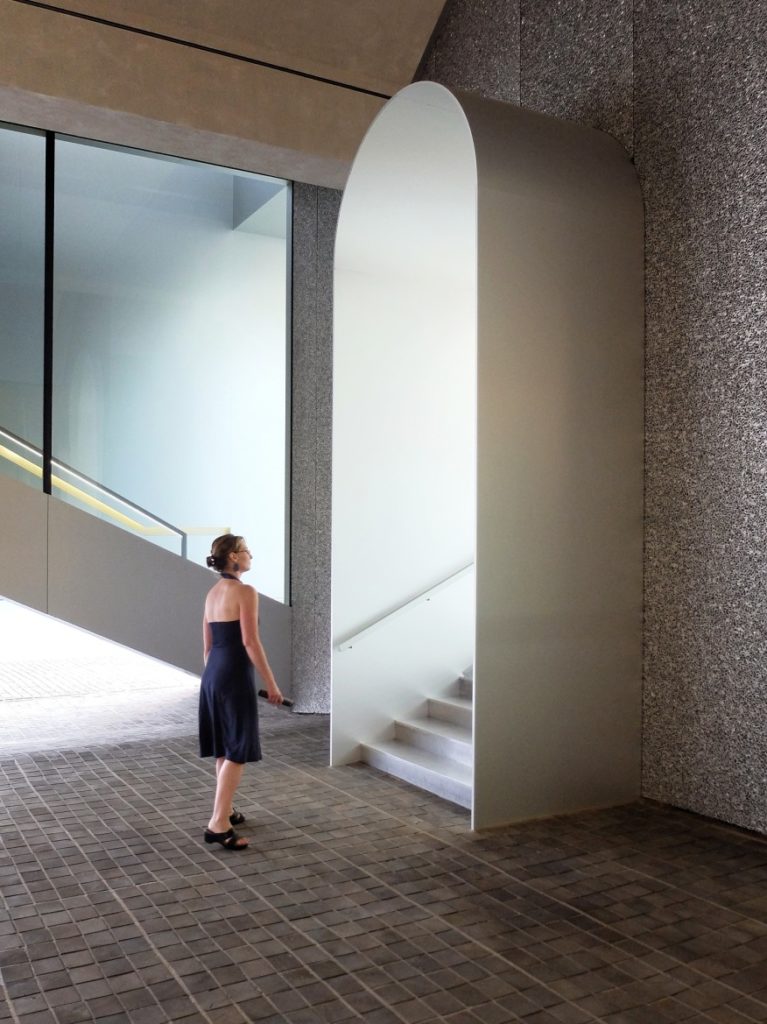
Photo by OMA; via Architect Magazine
Hardwood Pavers
Manufactured by Odorizzi
In addition to granite cobblestones, the plaza and pathways have been repaved with oak setts, fabricated from salvaged railroad ties. Although uncommon today, these wooden pavers were popular in 19th century Europe as they were more comfortable than stone and less noisy under horse-drawn carriages.
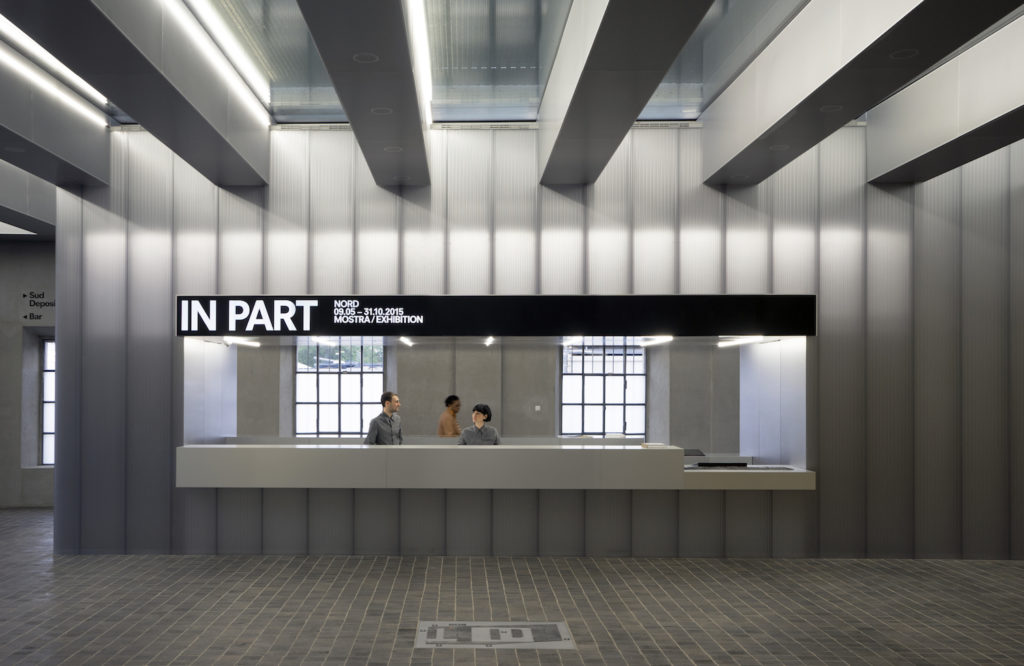
Photo via EPSE
Polycarbonate Panels
Manufactured by EPSE
In contrast to the old-world surroundings, the main lobby and ticket window are clad in polycarbonate panels which lend the space a futuristic atmosphere. These multi-wall panels are self-supporting and treated with a custom matte finish, allowing them to be backlit without shadows from supports or fasteners.
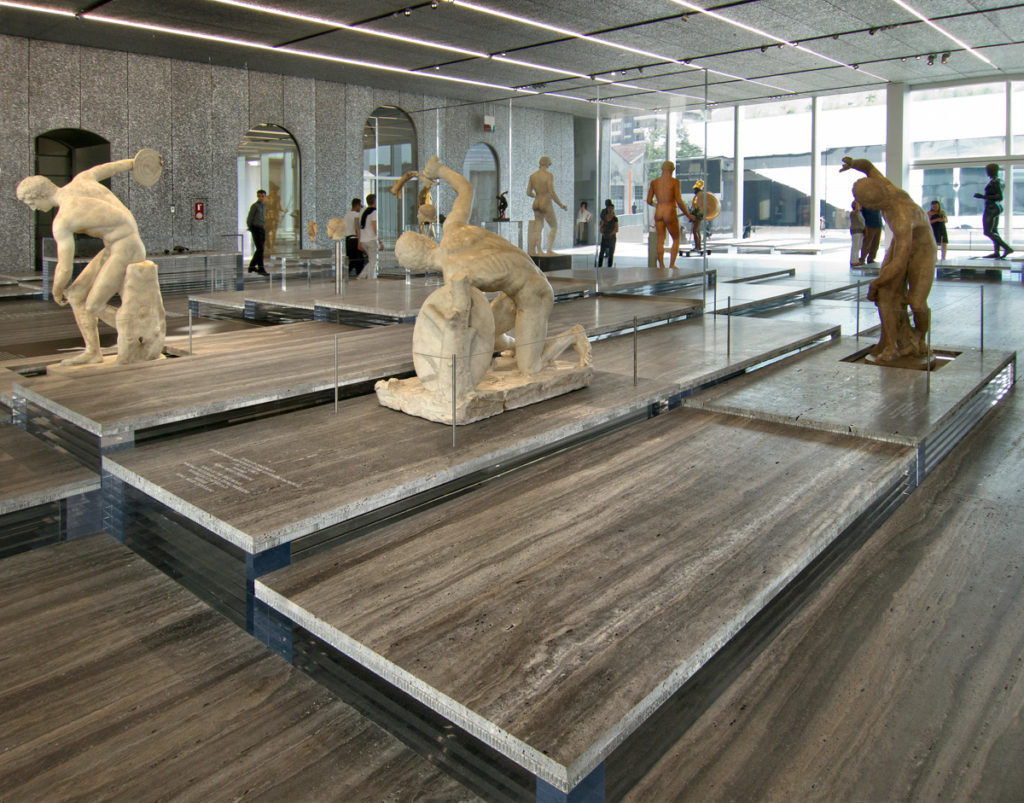
Photo via Fantini Group
Travertine Flooring
Manufactured by Fantini Group
The Podium galleries are floored in an Italian limestone, known as travertine, which complements the museum’s sculpture collection. Here, works from antiquity are displayed on an artificial landscape, created by elevating slabs of travertine on plates of thick, acrylic glass.
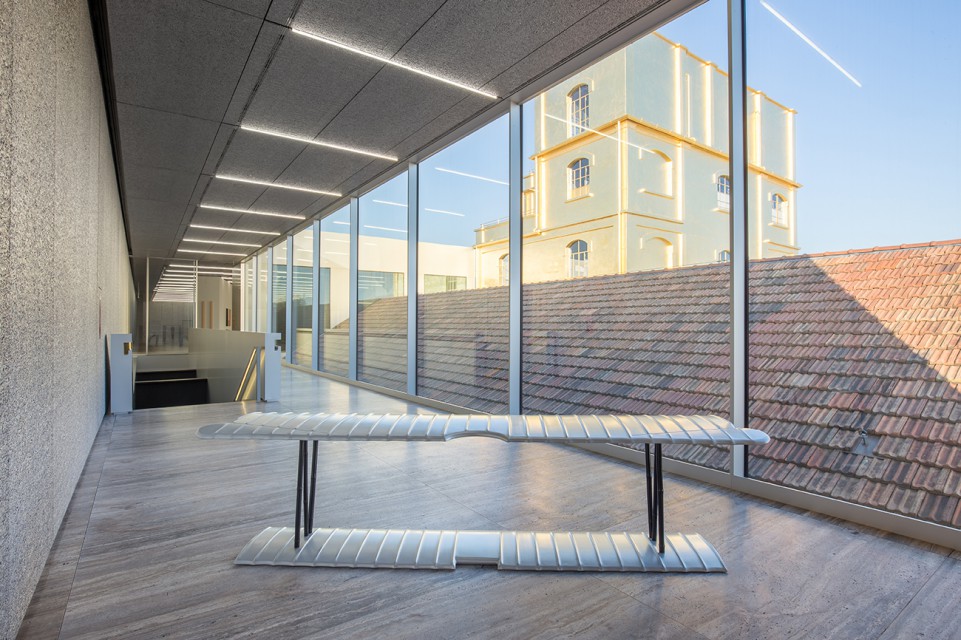
Photo by Delfino Sisto Legnani; via Fondazione Prada
LED Lighting
Manufactured by Zumtobel
The new interior spaces are illuminated by Linaria light lines by Zumtobel which peek out between the aluminum ceiling panels. These long beams of light appear to extend beyond the contemporary glass façades, as if the building itself is reaching out to its historic neighbors.
Architects: Showcase your next project through Architizer and sign up for our inspirational newsletter.


